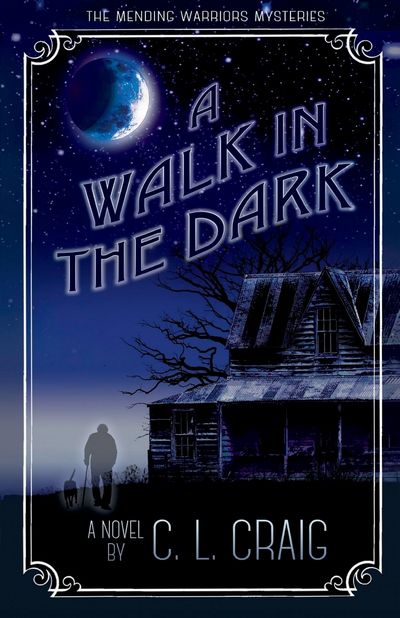I Am a Bocha Posh: My Life as a Woman Living as a Man in Afghanistan by Ukmina Manoori, and translated by Peter E. Chianchiano is a stunning memoir about a woman who dared to live a life contrary to her country’s custom.
In Afghanistan, when a son isn’t born into the family, there is a widespread practice of girls dressing as boys, a tradition that saves them the disgrace of not having a male heir. By dressing as a boy, the practice, called Bocha Posh, offers families the freedom to allow the child to shop, work, escort sisters and mother to the market, even go to school. But when the child reaches adolescence, she must revert to being a girl, dress in a burqa, marry, give birth, be subject to her husband, giving up her personal freedom.
When Ukmina approached puberty and it was time to revert to being a girl, she refused. She loved the freedom of playing ball, of going where she wanted to go, wearing jeans and tee-shirts. Her father pressured her to conform to the custom of again becoming a woman. Even the village holy man, the Mullah, said she was sinning to not conform. By this time the family had two sons, but Ukmina was adamant. She would not play the role of a woman and continued to keep her menswear.
When Ukmina was eighteen years old, Russians invaded Afghanistan. Ukmina’s prayer to Allah was “Give me the power of men and the kindness of a woman.” She made herself useful by recovering bodies. When the Russians finally withdrew, the country was in shambles, the bombed out villages nearly unlivable. But then the Taliban took control. Ukmina’s situation was again threatened with the Talibans’ strict attitude about women’s role.
Ukmina was accepted by her countrymen and became known as Ukmina the Warrior. She was elected as a council member of her province. Her life has been an inspiration and even recognized in the United States when she received the Most Courageous Woman of the Year award.
I Am a Bocha Posh is an inspirational eye-opener. It’s hard to fathom the bravery and determination of this woman. I’ve barely covered her life with this review. I encourage women and girls to read this courageous memoir.











